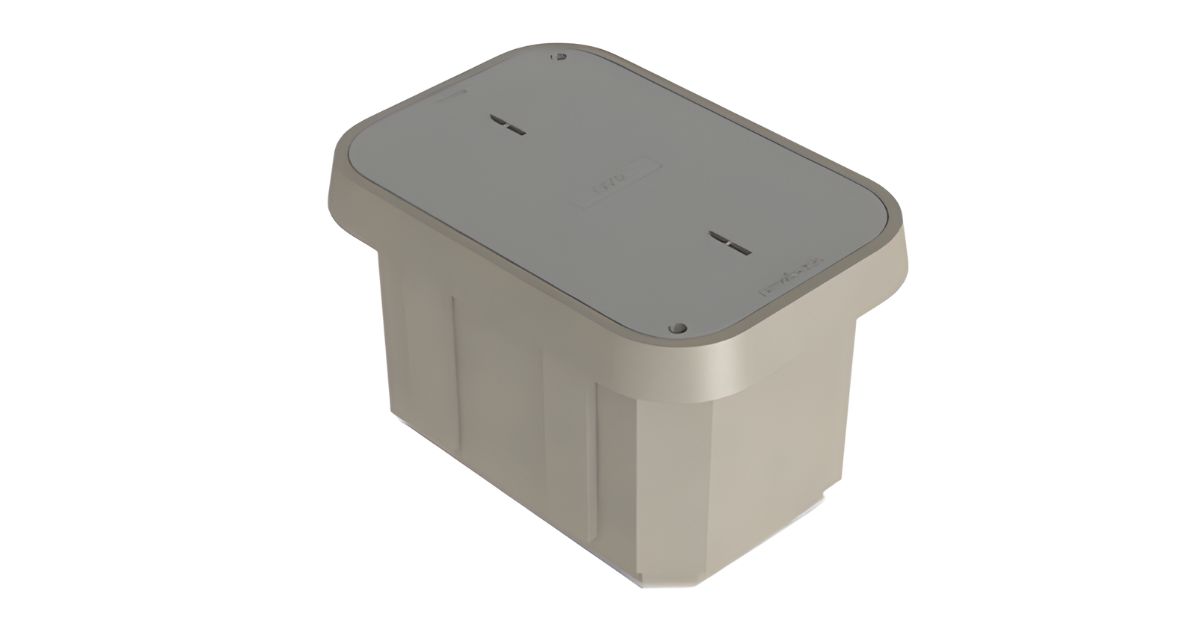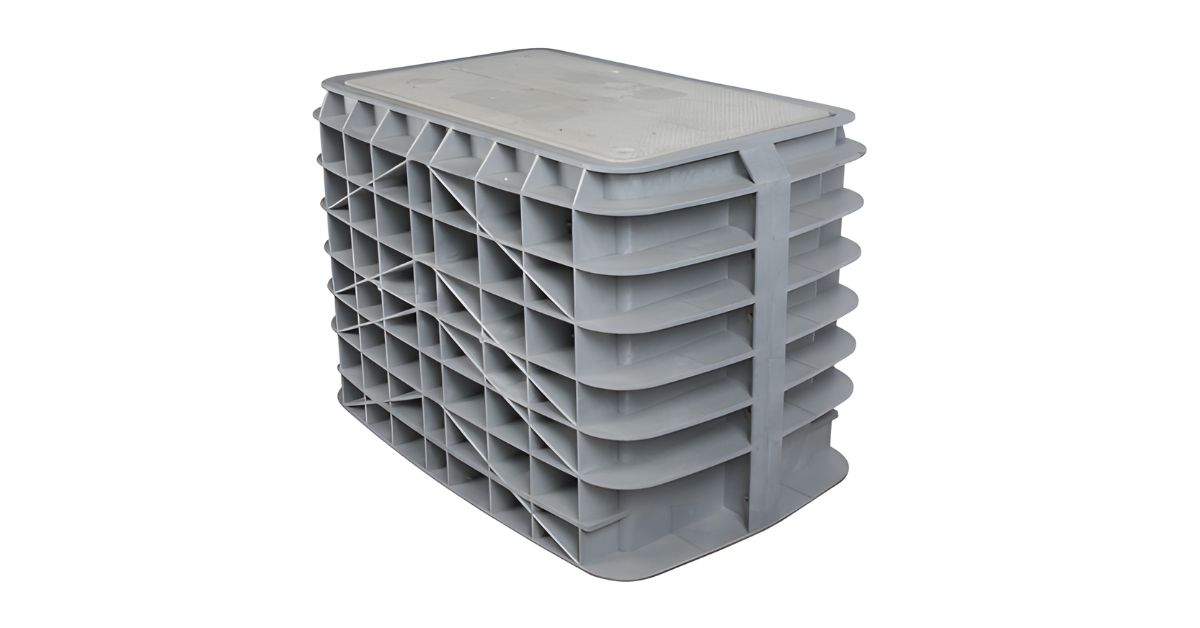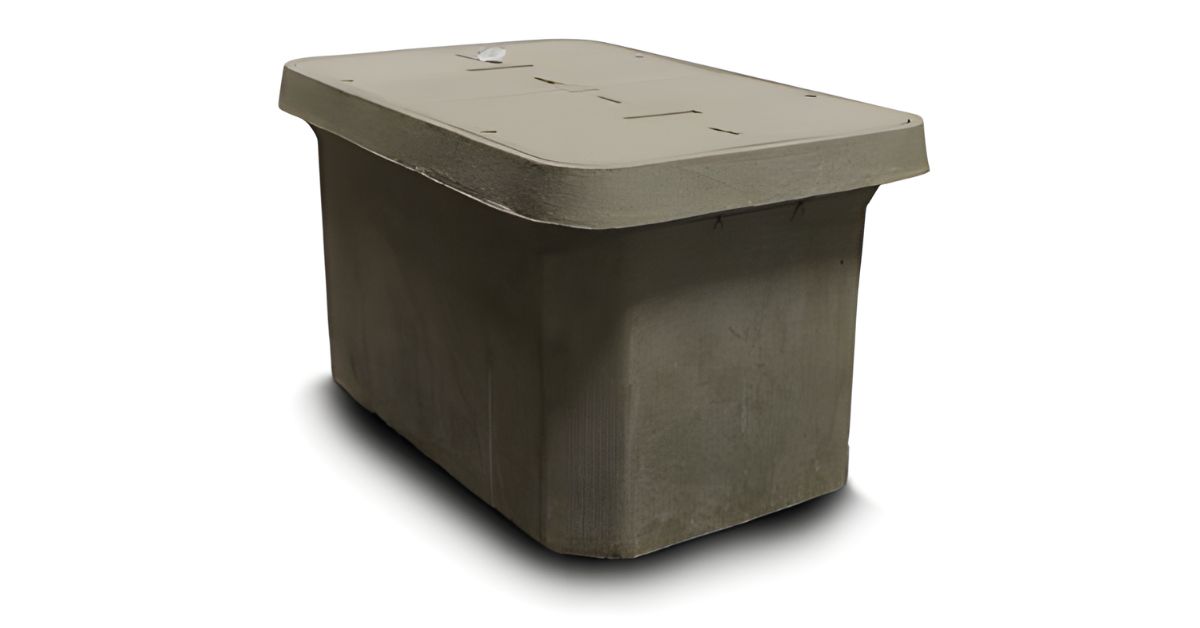No products in the cart.
Planning Handhold Placement in Rural Fiber Network Builds
Home Planning Handhold Placement in Rural Fiber Network Builds
- Home
- Resource Hub
- Millennium Blog
- Planning Handhold Placement in Rural Fiber Network Builds

Deploying rural fiber networks requires careful planning to ensure reliable connectivity for underserved communities. Handholes play a key role as secure access points for network maintenance, expansion, and cable management, directly impacting performance, maintenance efficiency, and long-term costs.
Proper placement minimizes signal loss, simplifies installation, and supports sustainable growth. This guide provides insight for Internet Service Providers, contractors, and installers in planning handhold placement in rural fiber network builds.
Understanding Handhole Placement and Its Importance
Handhole placement refers to the strategic positioning of underground access enclosures throughout a fiber optic network infrastructure. These critical junction points provide secure housing for cable connections, splices, and network equipment while offering technicians accessible entry points for maintenance and troubleshooting activities.
The importance of proper handhole placement extends beyond simple cable management. Strategic positioning affects network signal integrity, reduces installation costs, and determines the network’s capacity for future expansion. Poorly positioned handholes can create maintenance bottlenecks, increase signal loss, and complicate network upgrades. Rural deployments face additional challenges, including varied terrain, environmental hazards, and dispersed customer locations that demand careful consideration during the planning phase.
Effective handhole placement creates a foundation for network scalability while minimizing operational disruptions. Each location serves as a strategic access point that supports immediate connectivity needs and future network growth requirements.

Key Factors for Handhole Placement
Several critical considerations must guide handhole placement decisions to ensure optimal network performance and operational efficiency. These factors work together to create a comprehensive placement strategy that addresses deployment needs and long-term network sustainability.
Proximity to Network Users
Handhole placement should prioritize strategic positioning near current and potential network users. This approach minimizes fiber cabling requirements and enables efficient connections to residences, businesses, and community hubs. Avoiding excessive distances between handholes and end users reduces signal degradation risks while optimizing material usage and installation costs.
Rural networks benefit from handhole placement that anticipates community growth patterns and development plans. Positioning access points near existing infrastructure corridors and planned development areas ensures network readiness for future expansion without requiring extensive redesign efforts.
Environmental Factors
Natural environment considerations play a crucial role in handhole longevity and network reliability. Installation locations must account for potential flooding, erosion, and other environmental challenges that could compromise network integrity. Elevated positioning and protective measures enhance infrastructure durability while reducing maintenance requirements.
Soil conditions, drainage patterns, and seasonal weather variations require careful evaluation during site selection. Areas prone to water accumulation, unstable ground conditions, or extreme temperature fluctuations demand additional protective measures or alternative placement strategies to ensure consistent network performance.
Ease of Access for Maintenance
Future maintenance and repair requirements must influence handhole placement decisions from the initial planning stages. Positioning access points near roadways, utility easements, or established service corridors ensures technicians can perform inspections, repairs, and upgrades efficiently without extensive disruption to surrounding areas.
Accessibility considerations include vehicle access for maintenance equipment, adequate working space for technician operations, and clear identification systems for rapid location during emergency repairs. Rural deployments often require a balance between accessibility and protection from potential interference or vandalism.
Local Regulations and Permitting
Compliance with local laws, regulations, and permitting requirements represents a fundamental aspect of handhole placement planning. Successful network implementation depends on obtaining necessary permits and adhering to zoning laws, right-of-way restrictions, and utility coordination requirements. Failure to address regulatory compliance can result in costly delays, project modifications, or legal complications.
Coordination with local authorities, utility companies, and property owners ensures smooth installation processes while establishing positive community relationships. Early engagement with regulatory bodies helps identify potential obstacles and streamlines the approval process for network deployment.
Cost-Effectiveness
Analyzing cost implications guides optimal handhole placement while maximizing project budgets. Material usage, labor requirements, and terrain-specific challenges must factor into placement decisions to achieve cost-effective network deployment. High-risk areas may require additional protective measures or specialized equipment that impacts overall project economics.
Cost considerations include excavation complexity, material transportation requirements, and potential utility conflicts that could increase installation expenses. Strategic placement reduces these costs while maintaining network performance standards and reliability requirements.
Expansion Potential
Future-proofing network infrastructure requires handhole placement that accommodates potential expansion scenarios. Strategic positioning enables network growth to serve increasing demand in rural areas without requiring complete infrastructure overhauls. Planning for scalability ensures long-term network viability while protecting initial investment value.
Expansion considerations include capacity for additional cable routes, equipment upgrades, and service area extensions. Handholes positioned with growth potential in mind provide flexibility for network operators to respond to changing community needs and technological advances.
Installation Best Practices
Proper installation techniques ensure handhole longevity and network reliability throughout the infrastructure lifecycle. Following established best practices minimizes installation complications while maximizing performance outcomes.
Site preparation begins with accurate utility location services to identify existing underground infrastructure. Excavation procedures must account for soil conditions, drainage requirements, and proper dimensions to accommodate the selected handhole assembly. Hand digging near existing utilities prevents damage to critical infrastructure while maintaining project schedules.
Handhole installation requires level placement on properly prepared foundations. Polymer concrete, fiberglass, and HDPE handholes each have specific installation requirements that must be followed precisely. Proper alignment ensures cover fit and operational access while preventing structural stress that could compromise long-term durability.
Backfilling and compaction procedures directly impact handhole stability and surrounding surface integrity. Gradual backfilling with appropriate materials prevents handhole shifting while ensuring adequate drainage around the installation. Proper compaction techniques prevent settling that could create surface depressions or compromise structural integrity.

Maintenance and Long-Term Performance
Regular inspection procedures maintain handhole functionality and extend infrastructure lifespan. Scheduled inspections identify potential issues before they impact network operations while ensuring optimal performance conditions. Inspection protocols should include cover condition assessment, internal environment evaluation, and cable connection verification.
Common issues include water infiltration, cover damage, and cable stress from settling or external factors. Addressing these problems promptly prevents network disruptions while maintaining service quality for end users. Proactive maintenance approaches reduce emergency repair costs while extending infrastructure service life.
Documentation systems track handhole conditions, maintenance activities, and performance trends over time. This information guides maintenance scheduling decisions while providing valuable data for future network planning efforts. Comprehensive records support efficient troubleshooting and enable informed upgrade decisions as technology evolves.
Building Reliable Rural Networks
Strategic handhole placement in rural fiber networks forms the foundation of successful deployments. The key considerations work together to create a robust network infrastructure that serves communities reliably.
Proper installation techniques and proactive maintenance programs ensure long-term network performance while protecting infrastructure investments. Rural broadband success depends on these fundamental infrastructure decisions that support connectivity needs and future growth.
Millennium’s premium fiber optic handholes provide the durability and reliability essential for rural network success. Our comprehensive product range addresses diverse project requirements while ensuring consistent performance in challenging environments. Partner with Millennium to build the foundation for reliable rural connectivity that keeps communities connected for years to come.
